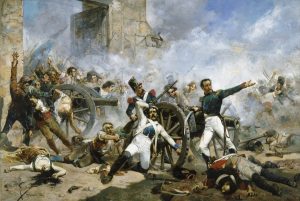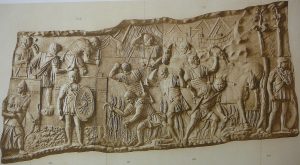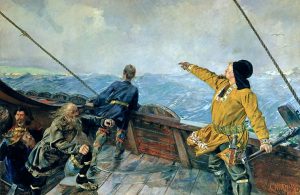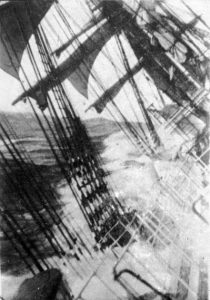
Conquer and Divide: The Spanish Resistance that Broke Napoleon’s Second Strategy
Although he was a brilliant military tactician, one of the ways Napoleon managed to hold on to conquered regions was by employing a strategy of carving up states based on historical precedent. The Rhodanic Republic (1802-1810), the Kingdom of Italy (1805-1814), and the Republic of Danzig (1807-1814) were among a few “sister republics” created by Napoleon. These client states, formed under the guise of revanchist history, aided the control of occupied lands in the First French Empire. When Napoleon invaded Spain in 1808, he set about to redraw its map in a similar fashion.
Read More
Cold War Propaganda: Three Ingredients For A Winning Strategy
During the Cold War years, the radio as a propaganda tool had a very important role. Popular in the bigger or smaller communities, it was an optimal medium for the Soviet government to send a political message. But, the political propaganda plan wasn’t only limited to the Soviet Union. It included the whole Iron Curtain.
Read More
Wheat Collectors Undercover: Lifestyle of Ancient Roman Spies
Frumentarii were a sort of commissariat of Ancient Rome, secret agents and detectives.
Read More
The Thousand-Year Saga of the Northwest Passage
For hundreds of years European explorers braved the Arctic Sea’s treacherous waters in search of an elusive “Northwest Passage” – a route to Asia and Cathay circumventing the Indian Ocean and treacherous horn of South America. The Vikings of Iceland and Greenland were the first to ply the frigid American waters beginning in the late 10th century but colonized and exploited regional resources rather than look for a route to the Far East.
Read More
The Dreaded “Land of Storms”: Rounding, Avoiding, and Cutting Out Cape Horn, 1526-1914
Before the completion of the U.S. transcontinental railroad (1869) and Panama Canal (1914) a major impediment to Euro-American exploration and colonization of Pacific lands was sailing around Cape Horn – the furthest-most point on the South American continent. The Spanish were the first to explore the region in 1526. In the late eighteenth century British and New England whalers began documenting extreme conditions while navigating the Drake Passage – the strait separating Antarctica from South America.
Read More